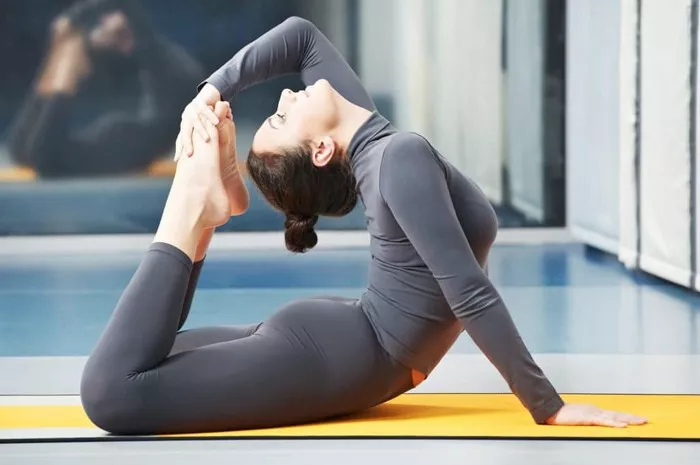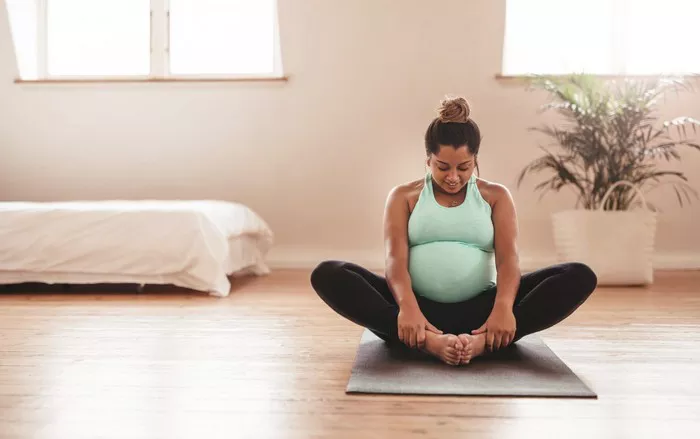Yoga, an ancient practice hailing from India, has a vast spectrum of styles, each with its unique characteristics. When we refer to “regular yoga,” it’s often a broad term encompassing various mainstream styles. Hatha yoga, however, holds a distinct place within this spectrum. Understanding the differences between Hatha yoga and the more general concept of regular yoga can help practitioners choose the style that best suits their specific needs and physical abilities, whether for stress relief or strength building.
Defining “Regular Yoga”
The Broad Umbrella
“Regular yoga” is a catch – all term that typically includes popular styles like Vinyasa, Ashtanga, and Yin yoga. These styles share the common foundation of the eight – limb path of yoga, which includes ethical guidelines, physical postures (asanas), breathing techniques (pranayama), and meditation. However, they diverge in their execution of these elements. For example, Vinyasa yoga is known for its dynamic flow, where poses are linked together with breath, creating a more active and energetic practice. Ashtanga yoga follows a set sequence of poses, emphasizing strength, flexibility, and endurance. Yin yoga, on the other hand, focuses on long – held passive poses to target the connective tissues.
Core Characteristics of Hatha Yoga
Gentle and Steady Asana Focus
Hatha yoga places a strong emphasis on basic asanas. The poses in Hatha yoga are often held for a longer duration compared to some other styles. For instance, in a Hatha yoga class, you might hold the tree pose (Vrksasana) for 30 seconds to a minute. This extended hold allows for a deeper stretch and a better opportunity to align the body properly. The focus is on simplicity and precision in each pose, making it an excellent choice for beginners. Hatha yoga sequences usually start with simple standing poses like the mountain pose (Tadasana) to establish a strong foundation, then progress to more complex poses such as the triangle pose (Trikonasana).
Balanced Breathwork
In Hatha yoga, the breath is an integral part of the practice. The breathing technique in Hatha yoga is generally slow and steady. Ujjayi breath, a type of breath used in Hatha yoga, is characterized by a soft, audible inhalation and exhalation through the nose. This breathing pattern helps to calm the mind and bring awareness to the body. The breath is synchronized with the movement in and out of poses. For example, as you inhale, you might lift your arms overhead in a standing forward bend, and as you exhale, you lower your body back down. This connection between breath and movement enhances the overall experience of the practice.
Calm and Centered Atmosphere
Hatha yoga classes typically have a calm and centered atmosphere. The pace is slower compared to more dynamic styles like Vinyasa. The instructor often spends more time guiding students through each pose, providing detailed alignment cues. The overall ambiance of a Hatha yoga class is conducive to relaxation and self – reflection. Soft music and dim lighting are sometimes used to create a peaceful environment. This allows practitioners to focus on their internal experience, making it easier to quiet the mind and connect with their bodies on a deeper level.
Comparing Asana Styles
Hatha’s Simplified and Held Poses
As mentioned earlier, Hatha yoga poses are relatively simple in their execution. They are designed to be accessible to a wide range of people, regardless of their fitness level. The emphasis on holding poses for an extended period helps in building strength and flexibility gradually. In contrast, in a Vinyasa (a part of “regular yoga”) class, poses are often strung together in a flowing sequence. For example, in a Vinyasa flow, you might quickly move from a downward – facing dog (Adho Mukha Svanasana) to a plank (Phalakasana) and then to a cobra pose (Bhujangasana) in one fluid motion. This dynamic movement requires more strength and coordination, while Hatha yoga allows for a more focused and static exploration of each pose.
Regular Yoga’s Diverse Asana Expressions
“Regular yoga” styles offer a more diverse range of asana expressions. Ashtanga yoga, for example, has a set primary series of poses that are quite challenging, involving complex balances and deep stretches. These poses are performed in a specific order, which helps in building internal heat and purifying the body. Yin yoga, on the other hand, features poses that are held for much longer periods, sometimes up to 5 minutes. These poses are mainly passive, targeting the deeper connective tissues like ligaments and fascia. Hatha yoga, while it has its own set of poses, does not have the same level of complexity or the extreme duration of hold as seen in some of these other styles.
Breathwork Disparities
Hatha’s Fundamental Breath Connection
In Hatha yoga, the breath is used as a tool to enhance the physical practice. The basic Ujjayi breath is taught early on, and students are encouraged to maintain this breathing pattern throughout the class. The breath is used to enter and exit poses smoothly. For example, when moving into a forward fold, the inhale might be used to lengthen the spine, and the exhale to fold forward. This connection between breath and movement is relatively straightforward and consistent in Hatha yoga.
Varied Breath Techniques in Regular Yoga
In “regular yoga,” different styles employ a wide variety of breath techniques. In Pranayama – focused classes, which can be part of the “regular yoga” umbrella, students might practice alternate nostril breathing (Nadi Shodhana), a technique that is believed to balance the left and right hemispheres of the brain. In some advanced Vinyasa or Ashtanga classes, a more advanced form of Ujjayi breath, with a stronger emphasis on the diaphragm, is used to increase the intensity of the practice. Some styles also incorporate breath retention techniques, which are not commonly found in a basic Hatha yoga class.
Mental and Spiritual Focus
Hatha’s Grounded Mindfulness
Hatha yoga promotes a sense of grounded mindfulness. The slower pace and focus on physical alignment allow practitioners to be fully present in the moment. By concentrating on the body’s sensations and the breath, students can quiet their minds and reduce stress. The spiritual aspect of Hatha yoga is more subtly woven into the practice. It encourages self – awareness and a connection to one’s inner self. For example, during a Hatha yoga session, as you hold a pose and focus on your breath, you might become more aware of your thoughts and emotions without judgment.
Diverse Spiritual Approaches in Regular Yoga
“Regular yoga” encompasses a broader range of spiritual approaches. Some styles, like Kundalini yoga, place a strong emphasis on awakening the energy at the base of the spine (the Kundalini energy) through specific poses, breathing techniques, and chanting. This is a more intense spiritual practice compared to Hatha yoga. In some traditional Ashtanga yoga lineages, the practice is seen as a path to self – realization, with a more structured approach to spiritual growth. Hatha yoga, while it has spiritual roots, offers a more accessible and gentle entry point into the world of yoga’s spiritual dimensions.
Conclusion
Hatha yoga and “regular yoga” (encompassing various styles) have distinct differences. Hatha yoga stands out for its gentle asana focus, balanced breathwork, and calm atmosphere, making it an ideal choice for beginners or those seeking a more relaxed and centered practice. “Regular yoga,” with its diverse styles, offers a wider range of experiences, from the dynamic flow of Vinyasa to the deep connective tissue work of Yin yoga and the intense spiritual focus of Kundalini yoga. Understanding these differences can help you make an informed decision about which type of yoga best aligns with your physical, mental, and spiritual goals.




















